Critical Mass
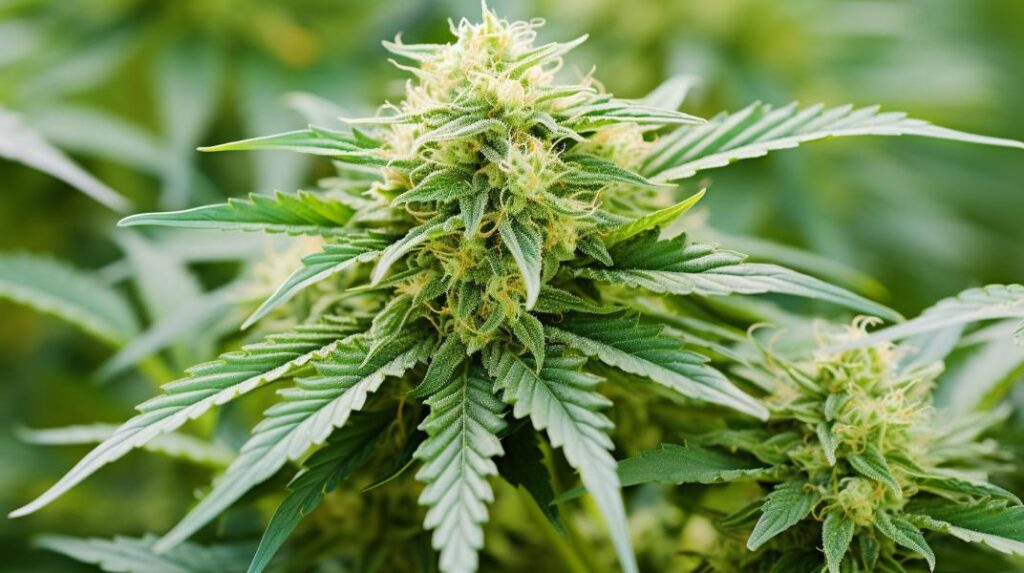
In the diverse world of cannabis strains, Critical Mass holds a distinctive place for its unique combination of attributes that cater to both recreational and medicinal users. As an indica-dominant hybrid, it boasts large, dense buds with a high THC content, making it sought after for its potent effects. While it offers significant benefits such as relaxation, pain relief, and aid in combating insomnia, cultivating Critical Mass presents its own set of challenges, particularly its increased susceptibility to mold in outdoor environments.
This juxtaposition of high reward versus the heightened risk in cultivation raises intriguing questions about the strain’s optimal growing conditions, its genetic lineage, and how these factors contribute to its overall profile. As we explore the complexities of Critical Mass, we uncover not just the strain’s compelling characteristics but also the broader implications for growers and users alike, inviting a deeper examination into what makes this strain both appealing and demanding.
Genetic Lineage
Delving into the genetic lineage of the Critical Mass strain reveals its roots as an indica-dominant hybrid, primarily constituted by an 80% indica and 20% sativa blend, originating from a cross between Afghani and Skunk #1 strains. This genetic foundation is pivotal in understanding the strain’s unique characteristics and effects.
The Afghani parent strain, known for its heavy resin production and potent sedative effects, contributes to Critical Mass’s dense bud structure and its reputation for inducing relaxation and sleepiness. Meanwhile, the Skunk #1, a legendary strain celebrated for its balanced effects and robust growth patterns, imparts a nuanced complexity to the hybrid, enhancing its aroma and facilitating its substantial THC production, which ranges from 19% to 22%.
The marriage of these two powerhouse strains in Critical Mass’s genetic lineage has resulted in a phenotype that not only boasts visually appealing dark green buds adorned with brownish-orange hairs and a shimmering coat of crystals but also possesses therapeutic potential. Its efficacy in treating chronic pain, anxiety, and panic disorders can be directly attributed to the genetic synergy between the Afghani and Skunk #1 strains, making Critical Mass a remarkable example of genetic selection and breeding prowess in cannabis cultivation.
THC/CBD Content
Critical Mass is distinguished by its THC levels, which fluctuate between 19% to 22%, and a notable presence of CBD, attributes that underscore its therapeutic versatility. The strain’s high THC content is responsible for its potent effects, which are often sought after by those seeking relief from chronic pain, stress, and insomnia. This potency, however, is balanced by a significant amount of CBD, making Critical Mass not just a recreational choice but a preferred strain for medical use as well.
The balanced THC/CBD ratio in Critical Mass is particularly noteworthy. Such a composition makes it an excellent candidate for treating a variety of conditions, including anxiety, muscle spasms, and inflammatory diseases. The presence of CBD moderates the psychoactive effects of THC, ensuring that the strain delivers a relaxing and pain-relieving experience without overwhelming psychoactivity. This balance is critical for patients who require the therapeutic benefits of cannabis but want to maintain functional clarity.
Terpene Profile
Building on the discussion of its THC/CBD content, the terpene profile of Critical Mass plays a significant role in defining its therapeutic and aromatic characteristics. Critical Mass is distinguished by a complex terpene profile that includes Beta-Caryophyllene, Humulene, Myrcene, and Pinene. These terpenes contribute not just to the strain’s distinctive aroma and flavor, offering earthy, spicy, and herbal notes, but also to its medicinal benefits.
Beta-Caryophyllene, known for its potential to reduce inflammation, works in concert with Humulene, which may also possess anti-inflammatory properties. Myrcene, on the other hand, is renowned for its sedative effects, potentially enhancing Critical Mass’s ability to alleviate chronic pain and muscle spasms. Pinene adds to the therapeutic bouquet by potentially aiding in alertness and memory retention, rounding out a profile that supports both mental and physical health.
The synergy between these terpenes and the cannabinoids in Critical Mass suggests a potent entourage effect, maximizing the strain’s overall therapeutic efficacy. For growers, understanding this terpene profile is crucial, as it allows for the optimization of growing conditions to not only preserve but also enhance the strain’s aromatic, flavorful, and medicinal properties.
Effects
Exploring the effects of Critical Mass reveals a dynamic interplay between relaxation and stimulation, offering users a multifaceted experience that caters to both physical relief and mental invigoration. This strain stands out for its ability to simultaneously calm the mind and spur creativity, making it a favorite among those seeking a balance of therapeutic benefits.
The calming effects are profound, reducing stress and anxiety to manageable levels, thereby promoting an unparalleled sense of calmness. This tranquility often transitions into a state known as couch lock, where users find themselves deeply relaxed and unwilling or unable to leave their comfortable spots.
Further analysis of Critical Mass’s impact uncovers its energizing influence, which can spark bursts of creativity and euphoria. This aspect is particularly appealing to users looking for an uplift in mood or an enhancement in their creative endeavors.
Additionally, the strain’s efficacy in pain management cannot be overstated; it provides significant relief for chronic pain sufferers, making daily activities more manageable. Its ability to increase appetite also marks it as a beneficial choice for those experiencing appetite loss, rounding out its versatile therapeutic profile.
Medical Uses
Harnessing its potent therapeutic properties, the Critical Mass strain emerges as a formidable ally in the treatment of a variety of medical conditions, ranging from chronic pain and anxiety to insomnia and appetite loss. This strain’s effectiveness is deeply rooted in its unique blend of cannabinoids and terpenes, which work synergistically to provide relief for patients suffering from a range of ailments.
Notably, its ability to alleviate chronic pain stands out as a significant benefit, especially for those battling illnesses like cancer and multiple sclerosis.
The therapeutic applications of Critical Mass are diverse and include:
-
Relief for chronic pain from illnesses such as cancer and multiple sclerosis, offering a natural alternative to traditional painkillers.
-
Alleviation of anxiety and panic disorders, helping patients achieve a calmer state of mind.
-
Induction of feelings of creativity and euphoria, beneficial for certain mental health conditions requiring a boost in mood and perspective.
-
Promotion of relaxation, potentially leading to couch-lock and sleepiness, ideal for patients seeking restful slumber.
-
Treatment for muscle pain and spasms, nausea and vomiting, insomnia, and loss of appetite, addressing a wide spectrum of symptoms with a single strain.
Flavor and Aroma
The Critical Mass strain’s flavor and aroma profile is a complex tapestry, weaving together earthy and sweet scents with notes of citrus and spice, creating a sensory experience as nuanced as its therapeutic benefits. Its dense buds are the source of its rich aromatic qualities, releasing a bouquet that is both inviting and intriguing. Upon inhalation, a mix of sweetness and woodiness greets the palate, underscored by subtle herbal and spicy undertones that provide depth and complexity. This strain is known for its pleasant, smooth smoke, which carries a sweet and fruity aftertaste, lingering on the senses long after consumption.
Moreover, the Critical Mass strain’s aroma is as compelling as its flavor. A skunky undertone, paired with a touch of pungency, adds to the richness of the experience, ensuring that each encounter is memorable. The robust taste, characterized by its sweet, fruity finish, is a testament to the careful cultivation and selection of its dense buds, which encapsulate the essence of this unique strain.
In essence, the Critical Mass strain offers a sensory journey that is both profound and immensely satisfying, making it a favorite among connoisseurs and casual users alike.
Appearance
Critical Mass strain’s appearance is distinguished by its dark green buds, adorned with brownish-orange hairs and a generous coating of crystals, reflecting its potency and quality. The Critical Mass Marijuana is notable not only for its visual appeal but also for the structural characteristics that underscore its robust nature.
-
Dense Buds: The buds are notably dense and heavy, indicative of the strain’s name, suggesting a critical mass where the branches may risk snapping under the weight.
-
Color Palette: A rich tapestry of dark green foliage interwoven with brownish-orange hairs, presenting a striking contrast that highlights the plant’s visual appeal.
-
Crystal Coating: A lavish layer of trichomes coats the surface, signifying a high THC content and ensuring a sticky touch.
-
Indica-Dominant Hybrid: Its appearance, characterized by large, dense buds, aligns with its genetic makeup, offering a hint at the relaxing effects to be expected.
-
Outdoor Growth Challenges: When cultivated outdoors, its appearance may be compromised by susceptibility to mold, necessitating vigilant humidity management to preserve its aesthetic and potency.
Analyzing the appearance of Critical Mass Marijuana offers insights into its cultivation challenges, potency, and the indulgent experience it promises, thereby underlining the importance of appearance in assessing quality and appeal.
Grow Information
For cultivators of Critical Mass, understanding the strain’s growth requirements is paramount, as its branches are notably vulnerable to snapping under the substantial weight of its dense, heavy buds. The grow information for Critical Mass points out that while it produces dense, flavorful buds, the strain requires meticulous attention to detail to prevent issues such as mold, which it is prone to due to its susceptibility to high humidity. This emphasizes the need for controlled environments, particularly for indoor growers where conditions can be more precisely managed.
Critical Mass’s flowering time of approximately 6-8 weeks categorizes it as a relatively quick grower, appealing to cultivators looking for a shorter cycle from seed to harvest. However, this rapid growth does not mitigate the necessity for vigilance against environmental factors that could compromise the crop. Outdoor growers especially need to be aware of the strain’s mold susceptibility; hence, monitoring and adjusting humidity levels become crucial aspects of its cultivation.
Providing proper support for the plants is another critical aspect of growing Critical Mass. Supporting the branches can prevent them from breaking under the weight of the buds, ensuring that the plant can carry its yield to full term without physical damage. This comprehensive grow information furnishes cultivators with the insights needed to successfully cultivate Critical Mass, balancing its heavy yields against its growing demands.
Adverse Effects
While understanding the growth requirements of Critical Mass is crucial for cultivators, it is equally important to recognize the strain’s potential adverse effects on users. Given its potency, the Critical Mass strain is generally well-regarded for its therapeutic benefits. However, it is essential to approach its use with caution, especially in large doses, which can amplify its adverse effects.
An analytical review of user experiences and clinical observations highlights several common negative outcomes associated with this strain.
-
Appetite Loss: While some strains stimulate hunger, Critical Mass may paradoxically lead to a decrease in appetite for some users, contradicting expected effects.
-
Couch Lock: A frequent consequence of consuming Critical Mass, especially in large doses, is a profound physical lethargy, often described as being ‘stuck’ or immobilized.
-
Dry Mouth and Dry Eyes: These are among the most reported adverse effects, attributable to the strain’s influence on the body’s moisture production mechanisms.
-
Headaches and Paranoia: Particularly sensitive individuals or those consuming high quantities may experience headaches or feelings of paranoia, underscoring the importance of moderation.
-
Potential for Depression: There’s a risk that users predisposed to depression may find their condition exacerbated by the strain.
Responsible consumption and awareness of one’s own reactions to the Critical Mass strain can help mitigate these potential adverse effects.
Comparisons with Similar Strains
In the realm of indica-dominant cannabis strains, Critical Mass is distinguished not only by its therapeutic applications but also by its unique characteristics when compared to counterparts such as Northern Lights and Granddaddy Purple.
Originating from a lineage that includes the influential Afghani and Skunk strains, Critical Mass offers a distinctive blend of effects that cater to both recreational and medicinal users.
Unlike Northern Lights, known for its pure relaxation qualities, Critical Mass stands out for its higher THC levels, which contribute to its pronounced ability to induce sleepiness, making it a preferred choice for those battling insomnia.
While Granddaddy Purple shares a similar profile in terms of providing pain relief and aiding with anxiety and stress, Critical Mass differentiates itself with its dense, heavy buds reminiscent of Big Bud and Blueberry strains. This particular trait requires growers to pay close attention to humidity levels to prevent mold, highlighting its unique cultivation needs.
Furthermore, when compared to the likes of Afghan Kush and Master Kush, Critical Mass offers a nuanced experience. In small doses, it promotes a balance between creativity and calmness, while larger doses may result in profound relaxation or couchlock.
This versatility sets Critical Mass apart from strains like OG Kush and Girl Scout Cookies, further emphasizing its special place among indica-dominant varieties for both recreational enjoyment and potential medicinal applications.
Research and Studies
Recent studies have illuminated Critical Mass’s potential in the realm of medicinal cannabis, particularly highlighting its efficacy in managing chronic pain through its high THC content and unique blend of terpenes and flavonoids. This indica-dominant hybrid strain has been the focus of various research efforts, aiming to understand its full spectrum of benefits and potential drawbacks in medical applications.
Key findings from research and studies include:
- Critical Mass is rich in terpenes like Beta-Caryophyllene and Myrcene, alongside flavonoids such as Cannflavins A, B, and C, which are thought to contribute to its anti-inflammatory properties.
- The strain’s high THC levels are effective in inducing appetite, relaxation, and sleepiness, aiding individuals with muscle pain, nausea, and insomnia.
- It’s more susceptible to mold in outdoor cultivation, highlighting the need for careful humidity control.
- The effects of relaxation and sleepiness have been specifically noted as beneficial for chronic pain, muscle spasms, and inflammation relief.
- The unique terpene and flavonoid profile of Critical Mass may offer a broader range of therapeutic benefits, beyond just its psychoactive components.
This detailed analysis underscores the importance of continued study into Critical Mass and similar strains, to unlock their full potential in medicinal use.
History and Origin
The origins of Critical Mass trace back to a meticulous crossbreeding process combining the robust genetics of Afghani and Skunk #1, aiming to cultivate a strain with unparalleled potency and therapeutic potential. This indica-dominant hybrid showcases the best of its parent strains, offering a unique blend that has captivated the cannabis community. The Afghani influence lends its renowned resin production and deep, sedative effects, while Skunk #1 contributes its vigorous growth and distinctive aroma, resulting in a strain that not only performs well in terms of yield but also offers significant therapeutic benefits.
| Parent Strain | Contribution to Critical Mass |
|---|---|
| Afghani | High resin production, deep sedative effects |
| Skunk #1 | Vigorous growth, distinctive aroma |
Critical Mass’s development was aimed at achieving a balance that would address the needs of patients requiring potent relief from chronic pain, anxiety, and panic disorders, without sacrificing the sensory experience of taste and aroma. The result is a strain with dense, heavy buds that embody the essence of its lineage, offering a higher than average THC level and a flowering time of approximately 6-8 weeks. Its therapeutic effectiveness and unique genetic makeup underscore the importance of its history and origin, making Critical Mass a standout choice for both medicinal and recreational use.
Frequently Asked Questions
What Strain Is Critical Mass?
Critical Mass is an indica-dominant hybrid strain with genetic origins from Afghani and Skunk #1. It is recognized for its potent effects, offering a blend of relaxation and creativity, suitable for managing pain and stress.
What Strain Is Critical Mass Medical?
Critical Mass Medical is an indica-dominant hybrid, resulting from the genetic background of Afghani and Skunk #1. It excels in providing relief for chronic pain and insomnia, known for its dense buds and high THC content.
Is Critical Mass a CBD Strain?
Yes, the Critical Mass strain is characterized by its high-CBD content, primarily due to its genetic origins. This indica-dominant hybrid is sought after for its therapeutic potential, particularly in alleviating chronic pain and anxiety.
What Are the Effects of Critical Strain?
The effects of certain strains are deeply influenced by growing techniques, which can affect potency and therapeutic benefits. Proper cultivation enhances the strain’s ability to provide relaxation, alleviate chronic pain, and induce sleepiness.

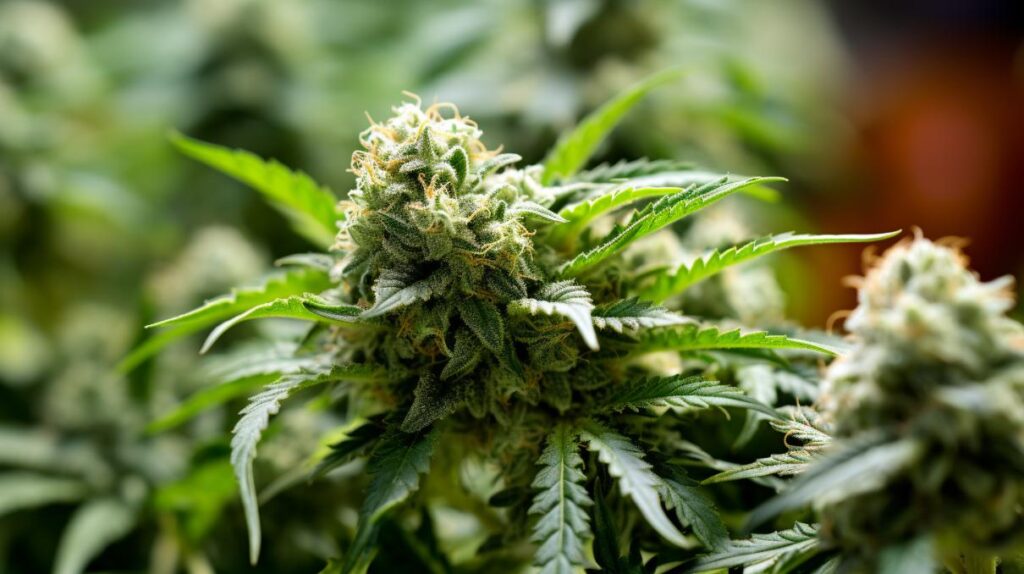
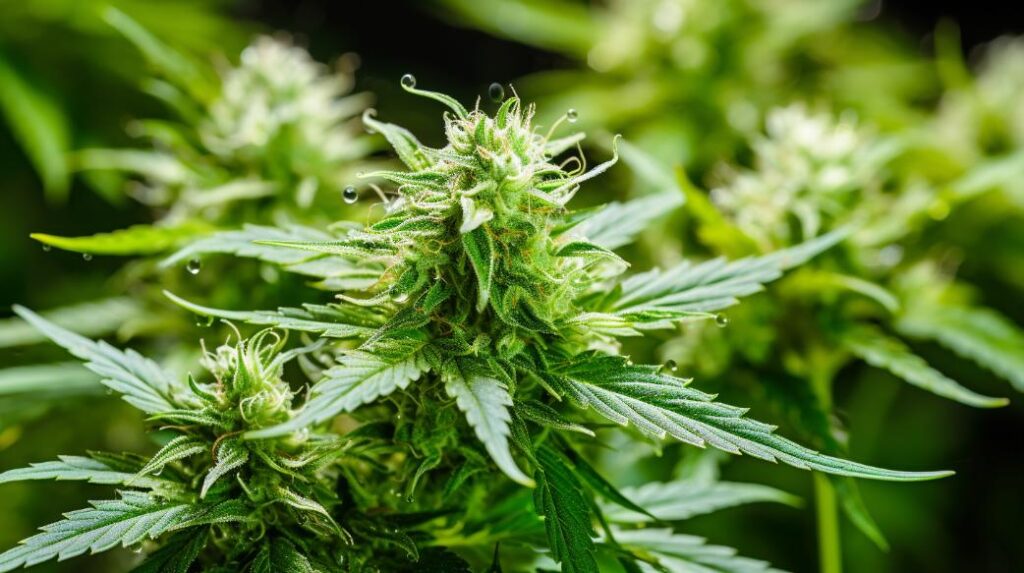
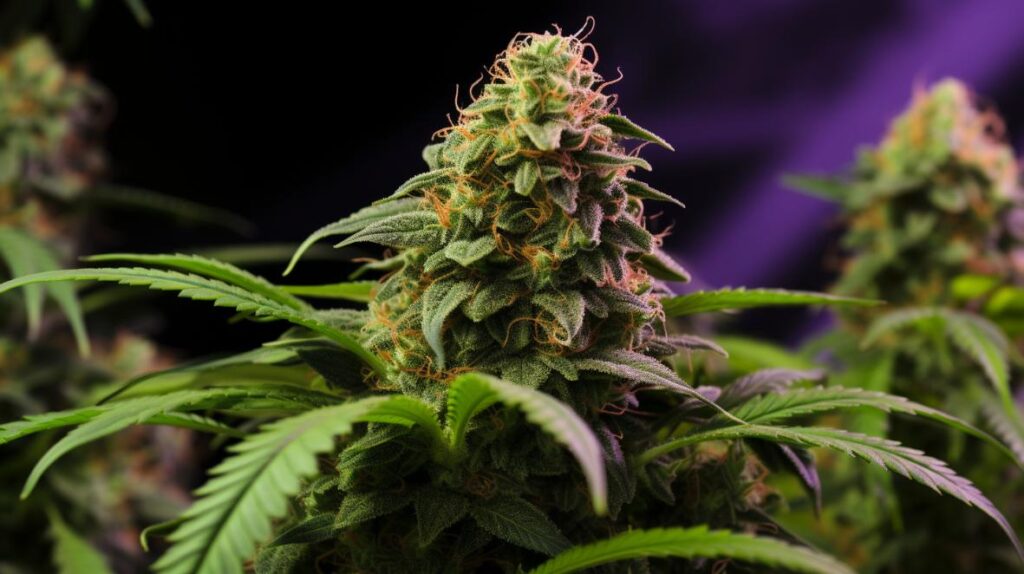
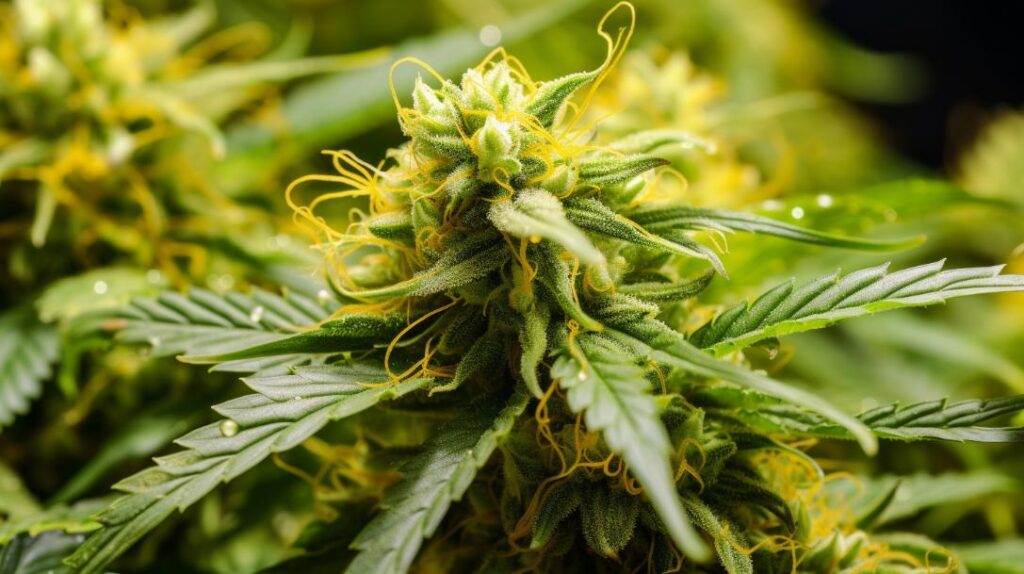
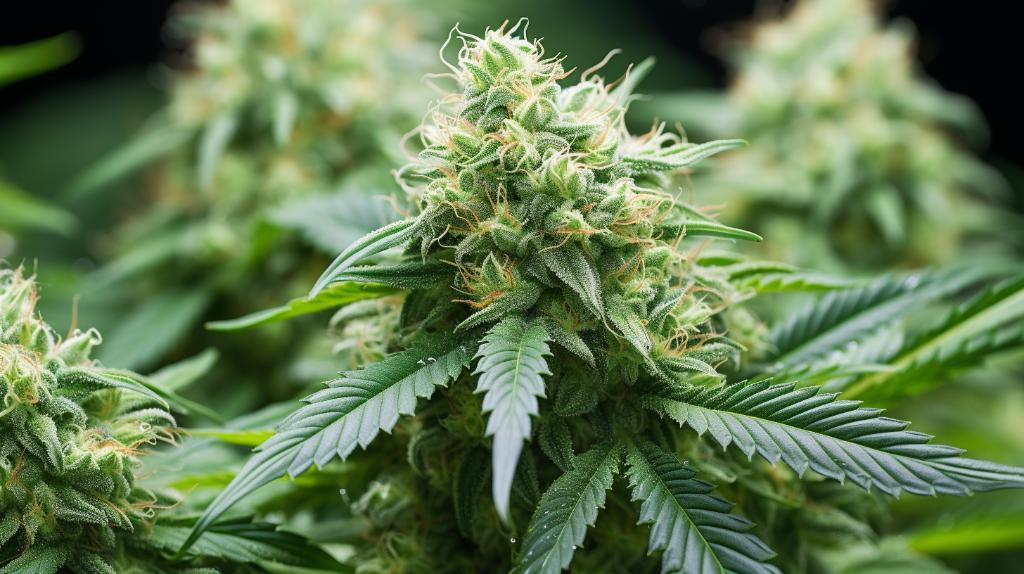

Responses